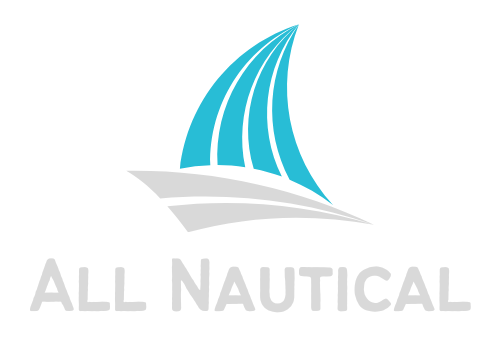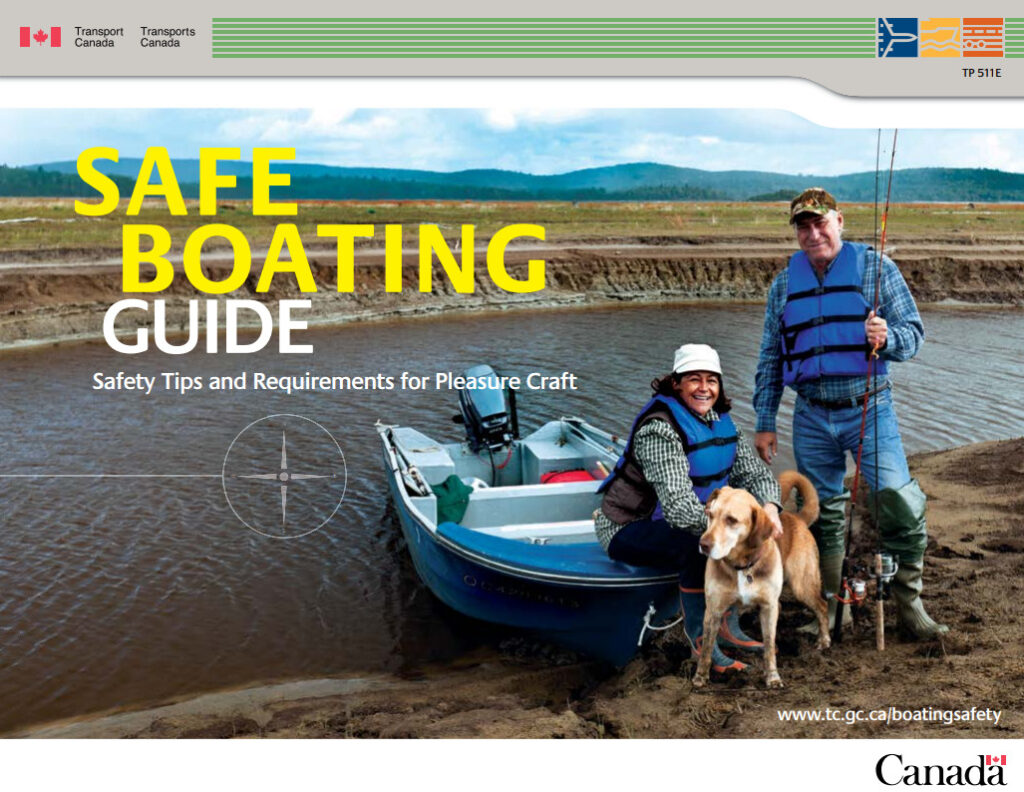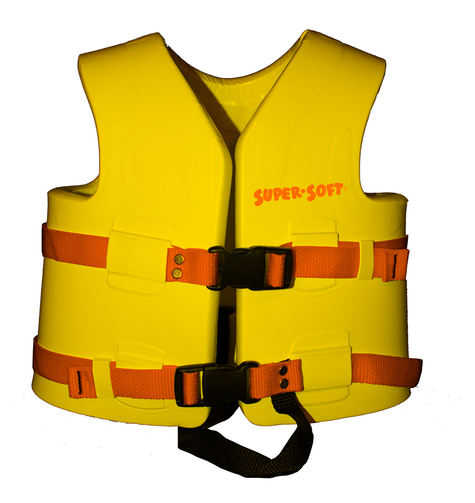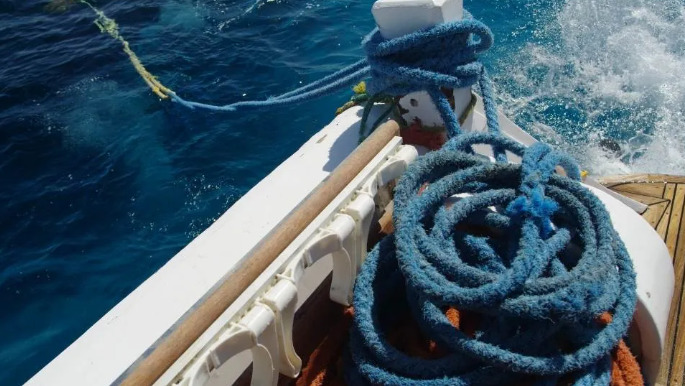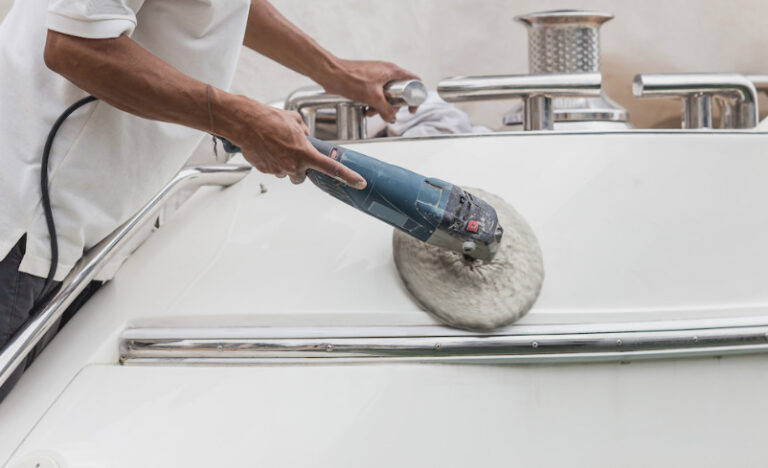Last Updated on October 5, 2022 by Brian Drew
Just like how you would park your car in your garage at the end of the day, docking your boat is a major part of your boat’s care. But the truth be told! Docking is a learned skill and is definitely not as easy as parking your car in your garage or even your driveway.
Unlike a car, there are no brakes in a boat and even if you managed to slow down your vessel, there is no way it is going to come to a complete halt. This is because wind and the water current below will cause your watercraft to be in constant motion. Therefore, it becomes very important to learn to secure your vessel properly.
Also while docking, chafing or rubbing your boat against the dock structures can cause damage to both your watercraft and the permanent structures. Hence it is very important to use the right kind of tools to properly secure vessels, in addition to learning to dock properly.
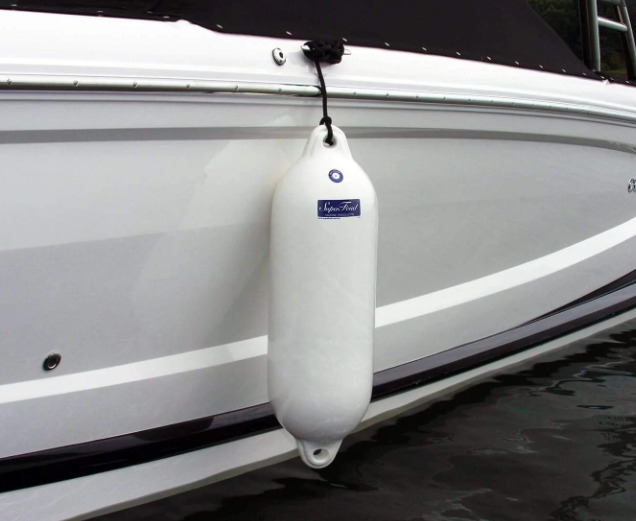
Equally important is to have protective gear in place to reduce the damage caused by impact. Below you will find the different docking equipment and necessities that any boater should have.
Boat Fenders
Fenders also called bumpers and are cushions of varying shapes and sizes that prevent damage to the hull while docking, mooring, and rafting. They are hung on the sides of watercraft to avoid scuffing and damage caused by the constant wave action of the water.
There are a variety of marine fender types that you can choose from depending on your requirement. Bumpers are also made from different types of materials as shown below
- PVC
- Rubber
- Eva Foam
- Vinyl
- PU Foam
- Nylon rope
Depending on the shape and their use, fenders come in different types
- Round–Round fenders are one of the common types used and are usually found on large vessels and powerboats. The inside is hollow and is inflated using a fender pump. They have a loop at one end for tying fender lines and because of this, they can only be used for vertical hanging.
- Cylindrical two-eye–These are inflated cylindrical bumpers with end tabs on both sides for tying lines. They are suitable for use with shorter and lighter vessels. As they have tabs on both sides, they can be hung both vertically and horizontally on your watercraft for protection
- Cylindrical center hole/Tube – Tube fenders are similar to cylindrical ones in shape but have a central hole for the fender lines to pass through. These offer more cushioning and hence are better for larger and heavier boats and vessels.
- Hybrid Cylindrical round –A cross between the round and the cylindrical type is the hybrid fender. They are spindle-shaped with tabs at both ends, so you can hang them both vertically and horizontally
- Low freeboard – These are uniquely shaped to protect the gunwales and rub rails of boats that sit low in the water. They can be tied to the cleats or hung from the gunwale.
- Flat fenders- Smaller boats can benefit from flat fenders which have maximum contact with the hull. They also come with hinges especially to protect inward slanting gunwales
- Specialty/Transom – The stern of a vessel requires a special type of fender called transom fenders that form a C-shape to fit sterns and swim platforms. They also come with holes for passing fender lines.
Regular cleaning and maintenance of fenders are very important. This is because, they are constantly exposed to the elements and can easily build up grime, rust, and attract other debris. In addition to being unsightly, they can also cause chafing marks on your boat. Many fender cleaners are available in the market to remove all kinds of fender spoilage.
Docking lines
These are ropes that secure your vessel to the dock and are also used to tie it to other boats while rafting. Next to fenders, docking lines are the most important requirement for securing your watercraft when you go back home. Depending on whether you want to secure your watercraft temporarily or permanently, the type of line you need will differ. The two ends of a line have their own names as explained below.
- Eye – This has a free end that has a spliced loop for securing on a pole or a hook
- Bitter end – The tail of a docking line is called the bitter end and is usually heat sealed to avoid fraying
Some of the commonly used materials are
- Nylon
- Dacron
- Polypropylene
They come in different diameters and lengths to suit individual boating requirements. They are either three-stranded or double-stranded as explained below.
- Three-strand – These are tough three-stranded nylon lines that absorb shock to a greater extent. These are easy to splice and slide down easily on pilings and poles.
- Double-braid – Double-braided lines are softer and easier on the coil. They also stretch more and do not offer much shock absorption
Cleats
Cleats are mounted onto the boats at various locations for conveniently and quickly tying the lines. While docking, your boat’s lines are tied to them after passing them around the docking cleats. They are permanently mounted on your boats and docks with bolts and can be made from a variety of materials as follows.
- Nylon
- Wood
- Aluminum
- Stainless steel
- Galvanized steel
Boat hook
A boat hook is a long rod with a hook at the end that aids one in docking. The head of a boat hook comes with a tip that helps in fending the boat for proper docking. The hook is used to pull the boat to your dock’s edge. The head also comes with a special line carrying hooks to lift and drop the lines onto pilings or even a branch of a tree. They come in convenient telescoping designs for easy stowage.
Dock bumpers / cushions / profiles
The edges of a dock can be easily damaged due to impact from oncoming boats and other vessels that are secured. Dock bumpers are similar to boat fenders but are permanently fixed to the dock’s edges, corners, or pilings. They give the required cushioning to fend off oncoming boats and prevent damage.
Dock wheels
While fenders can protect your vessel from the dock edges, the corners can still damage the hull if you are not very careful or if there is a windy situation. Dock wheels are a special type of inflated vinyl wheels that are mounted on dock corners with a help of an easy climb boat ladder. They rotate on mounted axles and fend vessels off the dock’s edge.
Dock strips
These are especially useful to protect boats that do not have fenders. Dock strips are vinyl strips that cover the entire width of your dock’s edge and protect the hull of the oncoming vessel.
Line holder
Your vessel’s lines need to be kept dry and safe for them to last. Just coiling them and stowing them on the floor can cause nasty accidents, not to mention how unsightly they can be. Line holders help stow your lines organized with prongs to store a variety of lengths.
Conclusion
No matter how much time you spend boating or fishing, at the end of the day, you will have to secure your boat and get off the water. Docking is a skill and with the right kind of equipment, it can be done easily and without any damage to your vessel or your dock structures.
Also when you go back home, you need protective gear that will take care of your vessel in the water at the dock. By choosing the right gear for docking as detailed above, you can ensure that your boat stays in good shape for years to come.
